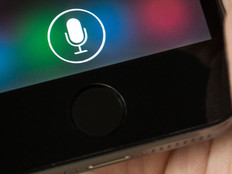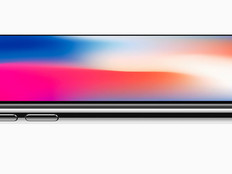If Your Work Force Is Mobile, It’s Time for Some Management
Buy one or two smartphones for employees and, before you know it, there will be dozens in the office. That much investment needs some management. But mobile device management (MDM) is new territory for most IT staff who didn't come from the telecom side. Luckily, there are plenty of tools to help.
Two things: First, this is not a discussion about the pros and cons of bring your own device (BYOD), a trend affecting companies big and small; we'll save that for later. Second, before you start looking for tools, your company leadership needs to decide how to use mobile devices and what policies they want to apply to the devices and their users before buying management software.
Should all types of information be available to mobile users, or should it be kept restricted? If restricted, are there security policies in place, and are access control lists organized to keep employees away from files they shouldn't see? Smartphones, and now tablets, can do some real work in the field, but you must decide as early as possible where your limits are for remote file access. One option is to keep something like DropBox accounts for mobile users rather than letting them dig through the file server. Or you could set up VPNs to specific directories.
Of course, there are plenty of ways to get e-mail on a smartphone, including services from a carrier and cloud-based systems such as Google Mail and Zoho. Although Google doesn't offer any management tools for smartphones, a carrier will. They can help you track devices, enforce some level of security control, and (sometimes) do a remote wipe if the device is lost. So the first stop for smartphone management tools is the carrier. Add that to the list of good reasons to have a single mobile carrier for all smartphones.
Microsoft shops that want to provide e-mail, shared contacts and shared calendars to smartphone users can check out Mobile Email with Exchange ActiveSync. Exchange 2010 is needed, so if you've been putting off that upgrade, this might be the impetus to get current. Users of Microsoft System Manager can add licenses for mobile devices. Bigger shops that made a mobile move early may have already invested in a BlackBerry Enterprise Server (BES) add-on to Exchange, but small and midsize shops tend to be slow on the BES uptake.
Keep Them Secure
The next stop on your MDM quest involves choosing a security software vendor, especially if you have a good contract in place for your internal devices and network. Unfortunately, smartphones are susceptible to smart viruses, so adding malware protection has become necessary. Because you're putting agent software on the smartphone, a security vendor can help manage those mobile endpoints.
Examples here include McAfee, who bought Trust Digital to give them a jump ahead in their phone management. Kaspersky Lab also has endpoint licenses for the major smartphone operating systems.
Of course, Apple's iPhone has become a standard even in companies that refuse to buy other Apple products. If that's the case at your company, look for MobileIron and AirWatch security and management software. Just be aware that an iPhone today means an iPad tomorrow (or perhaps there are some around the office already), so you’d better prepare.
No matter what you already have, the next upgrade might be more cloud-based than you're used to from other management tools. This only makes sense, because a smartphone in a pocket is often a display for cloud-based tools (app store, anyone?). So as you get used to the idea of having to manage phones in pockets, get used to the idea of doing so through the cloud.








